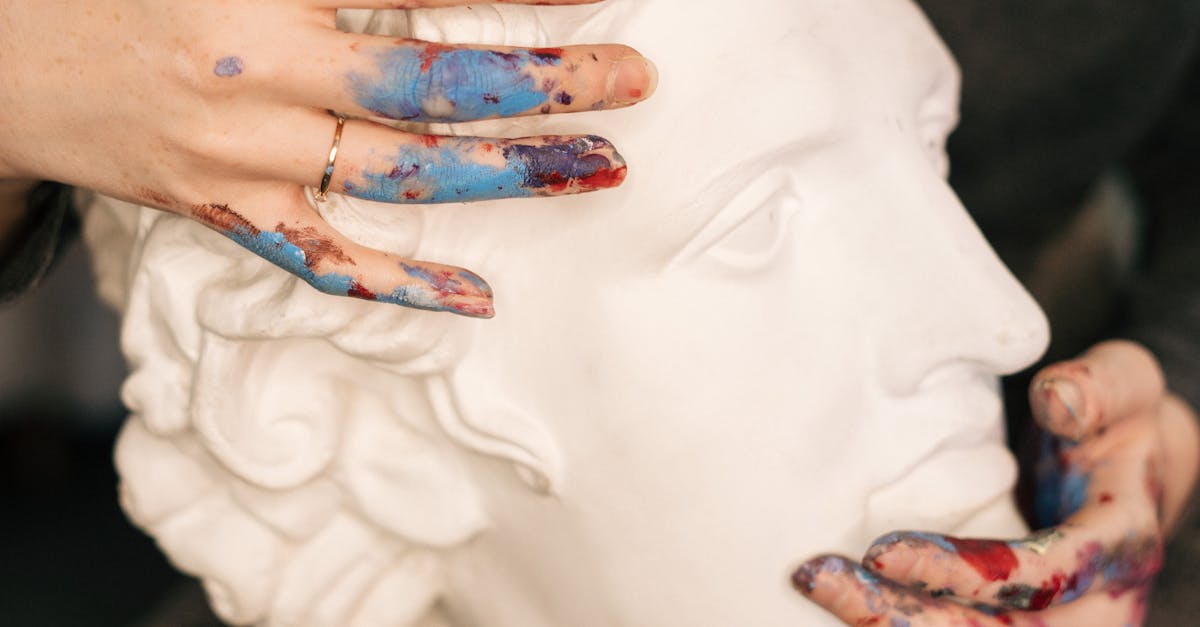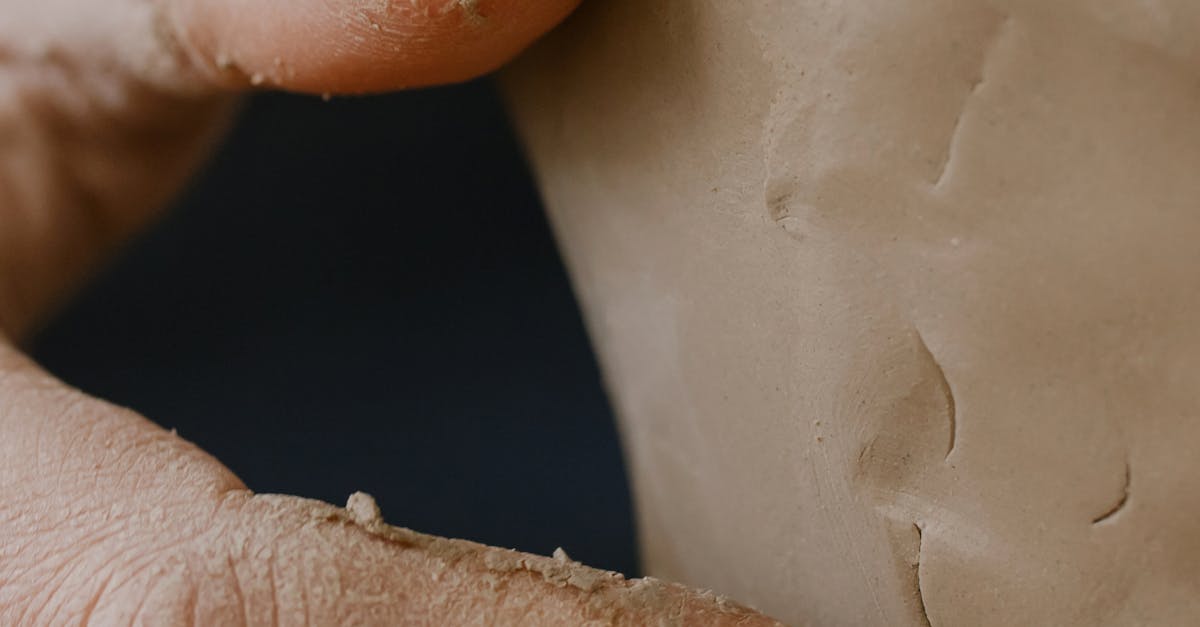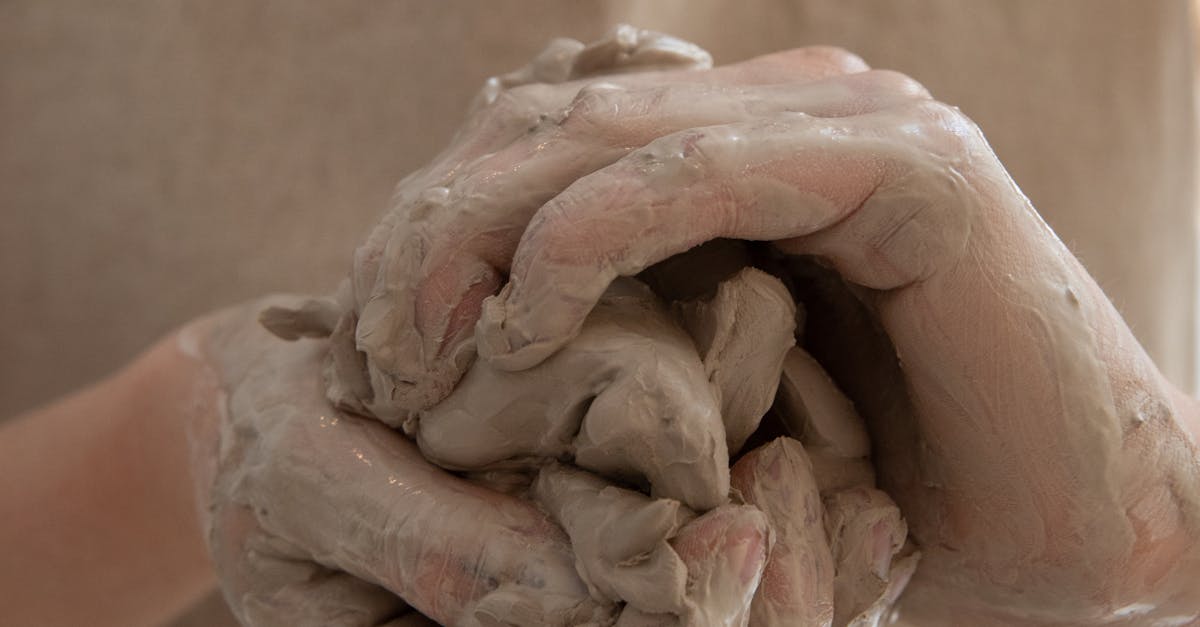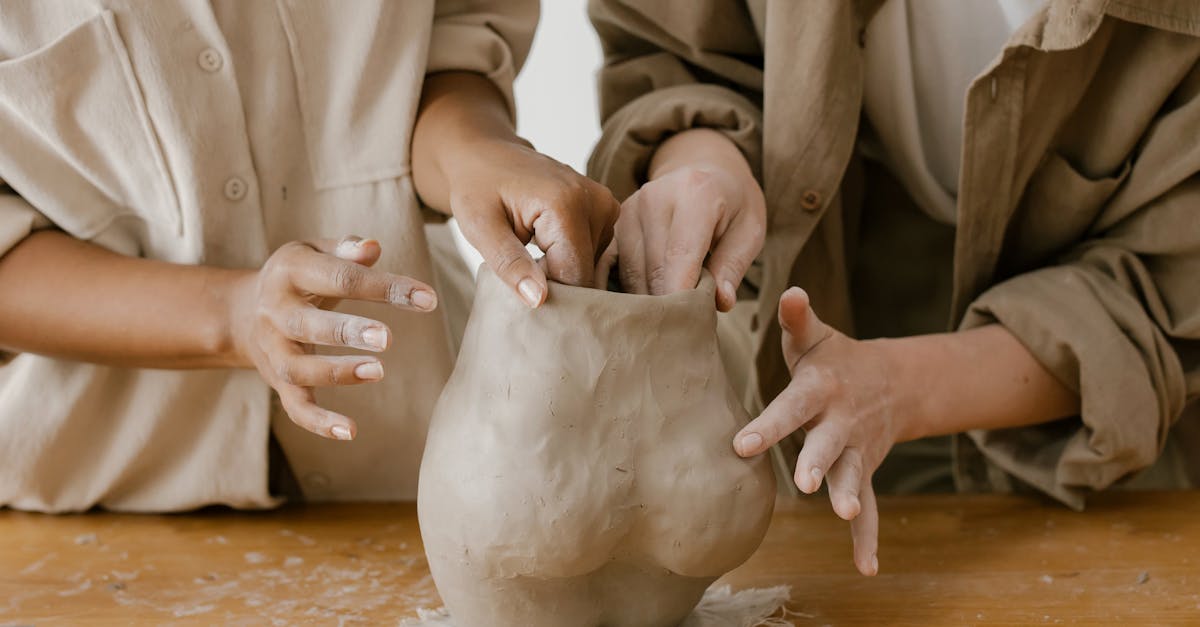A Master of Nature’s Miniatures: Horst Heinzlreiter’s Bonsai Legacy
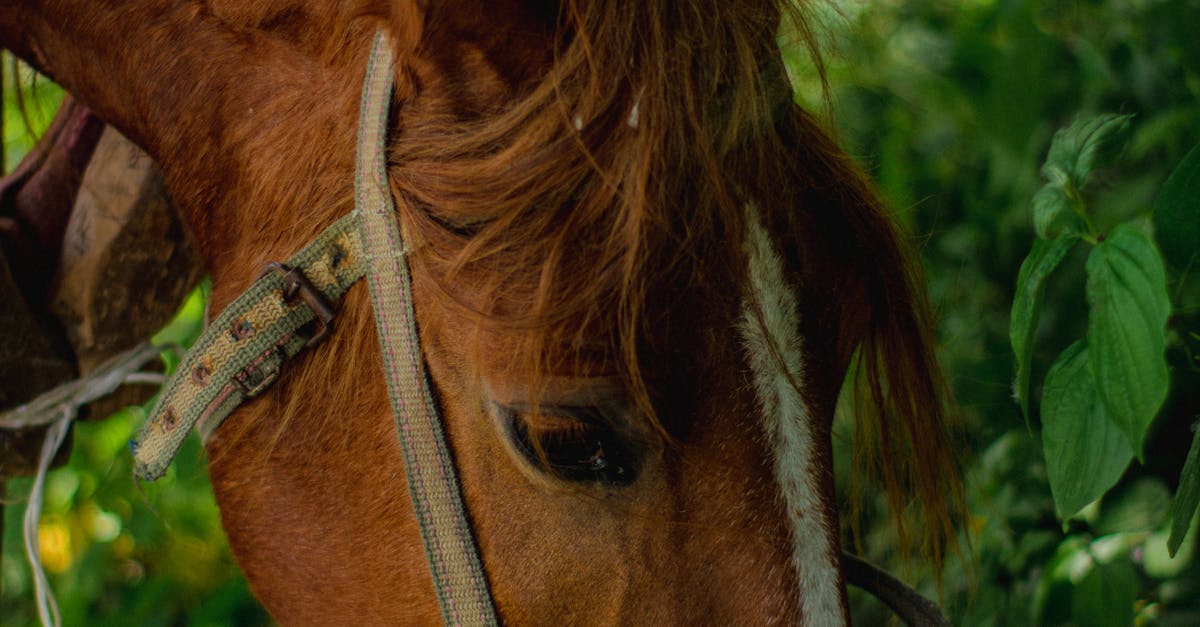
In the realm of bonsai art, where nature and artistry intertwine, Horst Heinzlreiter stands as a luminary from Austria. His unwavering passion for these miniature masterpieces has earned him recognition as a true master, elevating the art form to new heights of expression and beauty.
With a keen eye for natural form and an unwavering commitment to harmony, Heinzlreiter’s bonsai creations transcend mere horticulture, becoming living sculptures that embody the essence of tranquility and balance. Through his dedication to preserving the inherent beauty of trees, he has crafted a legacy that continues to inspire and captivate bonsai enthusiasts worldwide.
This article delves into the world of Horst Heinzlreiter, exploring his unique philosophy, showcasing his most notable bonsai creations, and examining his profound contributions to the bonsai community. By shedding light on his dedication, passion, and lasting influence, we aim to honor the legacy of this Austrian artist who transformed the art of bonsai into a captivating spectacle of nature and art.
1. Introduction to Horst Heinzlreiter and His Bonsai Art
In the picturesque landscapes of Austria, Horst Heinzlreiter embarked on a lifelong journey of artistic expression through the ancient art of bonsai. His passion for these miniature masterpieces ignited at a tender age, and over the years, he honed his skills, transforming his love for nature into a breathtaking spectacle of living art.
Heinzlreiter’s approach to bonsai is characterized by a deep respect for the natural form of trees. He believes in preserving their inherent beauty while gently guiding their growth through meticulous pruning and shaping techniques. By carefully observing the unique characteristics of each tree, he coaxes out their hidden potential, revealing their inner strength and elegance.
Heinzlreiter’s dedication to bonsai has garnered him widespread recognition as a true master of this art form. His creations have graced countless exhibitions, captivating audiences with their intricate beauty and serene presence. His contributions to the bonsai community extend beyond his artistic endeavors, as he generously shares his knowledge and expertise through workshops and lectures, inspiring a new generation of bonsai enthusiasts.
2. Heinzlreiter’s Bonsai Philosophy and Techniques

At the heart of Horst Heinzlreiter’s bonsai philosophy lies a profound respect for the natural form of trees. He believes that the true beauty of bonsai lies in capturing the essence of nature in miniature, preserving the tree’s inherent character and allowing its natural growth patterns to shine through.
Heinzlreiter’s techniques are guided by this philosophy. He carefully observes each tree, studying its unique characteristics and growth habits. Through meticulous pruning and shaping, he gently guides the tree’s development, enhancing its natural form and revealing its inner beauty. This approach requires patience and a deep understanding of the tree’s physiology, as Heinzlreiter believes in allowing the tree to grow and mature at its own pace.
Heinzlreiter’s emphasis on harmony extends beyond the individual tree. He considers the bonsai in relation to its surroundings, creating a sense of balance and tranquility in his compositions. The choice of pot, the placement of stones, and the overall presentation all play a role in conveying the harmony between nature and art.
3. Notable Bonsai Creations by Horst Heinzlreiter
Horst Heinzlreiter’s bonsai creations are renowned for their exceptional quality and artistry. Each tree is a testament to his deep understanding of nature and his unwavering commitment to preserving its beauty. Among his most notable creations are:
- Pinus mugo ‘Sherwood’: This majestic pine bonsai captivates with its dense, cascading foliage and intricate branching structure. Heinzlreiter has carefully shaped the tree over many years, creating a sense of movement and flow that mimics the natural growth patterns of pines in the wild.
- Fagus sylvatica ‘Tortuosa’: Heinzlreiter’s beech bonsai is a stunning example of his ability to showcase the unique characteristics of each tree. The sinuous trunk and twisted branches give this bonsai a sense of ancient wisdom and character.
- Acer palmatum ‘Shishigashira’: This Japanese maple bonsai is a masterpiece of color and form. The vibrant red foliage contrasts beautifully with the delicate branches, creating a visually striking composition. Heinzlreiter has carefully trained the tree to cascade over the edge of the pot, adding to its overall elegance.
These are just a few examples of Heinzlreiter’s exceptional bonsai creations. His ability to capture the essence of nature in miniature and his unwavering dedication to preserving the beauty of trees have earned him widespread recognition as a true master of this art form.
4. Heinzlreiter’s Contributions to the Bonsai Community

Horst Heinzlreiter’s contributions to the bonsai community extend far beyond his own artistic creations. He is a dedicated educator and advocate for the art of bonsai, generously sharing his knowledge and expertise to inspire and guide aspiring bonsai enthusiasts.
Heinzlreiter conducts workshops and lectures both in Austria and internationally, where he shares his unique approach to bonsai and provides hands-on guidance to students. His workshops are highly sought after, as participants have the opportunity to learn directly from a true master of the art form. Heinzlreiter’s passion for bonsai is evident in his teaching, as he patiently guides students through the intricacies of tree selection, pruning, and shaping techniques.
In addition to his workshops, Heinzlreiter has played a significant role in organizing and participating in bonsai exhibitions. He has exhibited his own bonsai creations at prestigious exhibitions around the world, earning numerous awards and accolades. Heinzlreiter’s presence at these events not only showcases his artistic achievements but also helps to promote the art of bonsai to a wider audience. His dedication to fostering the bonsai community has earned him widespread respect and admiration among bonsai enthusiasts.
5. Conclusion: The Legacy of Horst Heinzlreiter
Horst Heinzlreiter’s legacy in the bonsai world is one of dedication, passion, and lasting influence. His unwavering commitment to preserving the beauty of nature through the art of bonsai has earned him widespread recognition and admiration.
Heinzlreiter’s bonsai creations are true works of art, showcasing his deep understanding of nature and his ability to capture its essence in miniature. His emphasis on natural form and harmony has inspired countless bonsai enthusiasts to approach the art form with a greater appreciation for the beauty of trees. Heinzlreiter’s influence extends beyond his own creations, as he generously shares his knowledge and expertise through workshops and exhibitions, fostering a new generation of bonsai artists.
Heinzlreiter’s legacy is not only about his artistic achievements but also about his dedication to the bonsai community. His passion for the art form is evident in everything he does, from his meticulous care for his bonsai trees to his tireless efforts to promote bonsai to a wider audience. Horst Heinzlreiter is a true master of bonsai, and his influence on the art form will continue to be felt for generations to come.
How did Horst Heinzlreiter develop his unique approach to bonsai?
Horst Heinzlreiter’s unique approach to bonsai was developed through years of dedicated study and practice. He was influenced by traditional Japanese bonsai techniques, but he also incorporated his own observations of nature and his deep understanding of tree physiology. Heinzlreiter believed in preserving the natural form of trees and allowing their inherent beauty to shine through.
What are some of the most notable features of Heinzlreiter’s bonsai creations?
Heinzlreiter’s bonsai creations are renowned for their natural form, harmony, and balance. He carefully observed the growth patterns of trees in nature and applied this knowledge to his bonsai, creating trees that appear to be miniature versions of their full-sized counterparts. Heinzlreiter also paid great attention to the placement of stones and the choice of pot, creating compositions that are both aesthetically pleasing and evocative of the natural world.
How has Heinzlreiter contributed to the bonsai community beyond his own artistic creations?
Horst Heinzlreiter has generously shared his knowledge and expertise with the bonsai community through workshops, lectures, and exhibitions. He is dedicated to fostering a new generation of bonsai enthusiasts and promoting the art form to a wider audience. Heinzlreiter’s workshops are highly sought after, as participants have the opportunity to learn directly from a true master of the art form.


